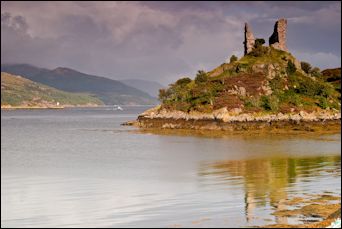|
|
Kyleakin, Isle of Skye Castle Maol © Anthony Dodd | Dreamstime.com
|
|||||||||||||
|
QUICK CLICKS:
Top of Page Index Contact Privacy Policy & Cookies |
The Chatelaine's Scottish Castles web site copyright 1997-2020
The Internet Guide to Scotland
|
||||||||||||||
|
|
Kyleakin, Isle of Skye Castle Maol © Anthony Dodd | Dreamstime.com
|
|||||||||||||
|
QUICK CLICKS:
Top of Page Index Contact Privacy Policy & Cookies |
The Chatelaine's Scottish Castles web site copyright 1997-2020
The Internet Guide to Scotland
|
||||||||||||||